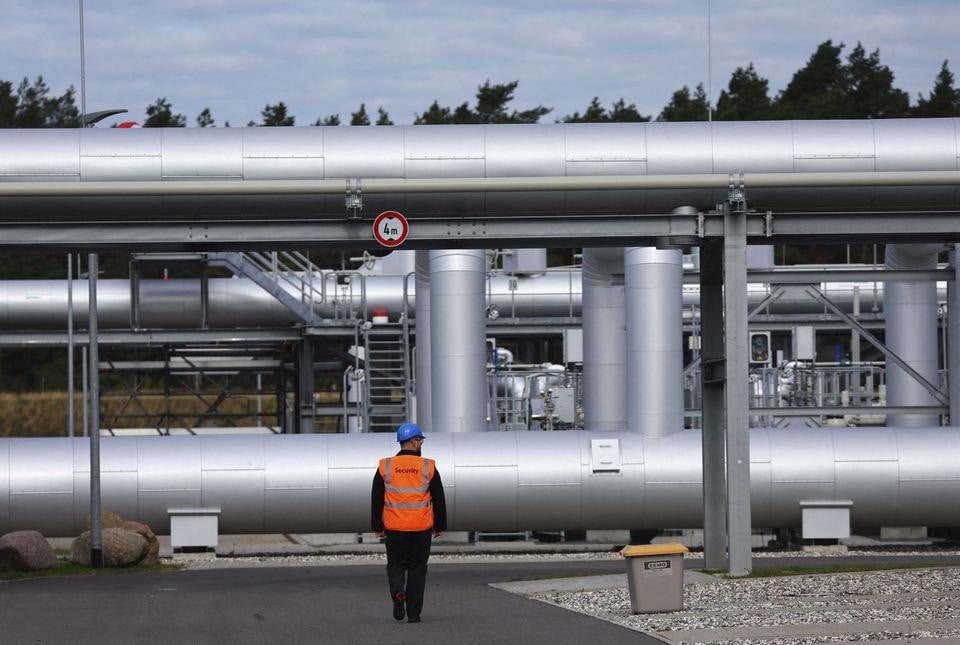 |
| A section of the Nord Stream 2 gas pipeline in Germany. (Source: Reuters) |
The Russia-Ukraine conflict has contributed to what is believed to be the most serious gas crisis in European history.
After the conflict broke out, most of Russia's pipeline gas supplies were stopped. Only a few countries still import gas via pipeline from Gazprom, such as Austria, Slovakia and Hungary.
Besides, although Russia's liquefied natural gas (LNG) supply to Europe continues to be relatively abundant, it only accounts for a small part of the region's total gas imports.
EU efforts
The European Union (EU) is now further tightening its grip on gas supplies from Moscow by giving member states the right to restrict imports from Russia at the national level, while Austria is also looking to accelerate its exit from Moscow gas.
According to European Commission data, the EU has seen a sharp drop in Russian gas and LNG imports, from 155 billion cubic meters in 2021 to 80 billion cubic meters in 2022 and to 43 billion cubic meters last year.
Instead, Europe is importing significantly more LNG and is actively buying gas from suppliers such as Norway, Algeria and Azerbaijan.
In December 2023, EU Energy Commissioner Kadri Simson admitted that Russia's military offensive in Ukraine had created the worst energy crisis in decades for the 27-member bloc.
“But two years later, we can say that Russian President Vladimir Putin’s attempt to ‘weaponize’ energy has failed,” said Ms. Simson.
Much of the EU's success in its efforts has been due to increased diplomacy to secure alternative gas supplies, fill underground storage and encourage households to cut demand by 15%.
In fact, market signals and weather play a key role in ensuring that hard-to-burn supplies can meet demand throughout 2022, 2023 and into 2024. A mild winter in 2022, 2023 ensures that gas inventories remain at historically high levels.
But analysts remain cautious.
“Two years into the conflict, gas prices have returned to normal levels. But the market has not yet reached a new stable state,” said Michael Stoppard, special adviser and global gas analyst at S&P Global Commodity Insights.
Europe has been importing LNG from the US and elsewhere to make up for nearly half of the gas lost through Russian pipelines. At the same time, European gas demand has also fallen sharply.
“Some gas demand has disappeared permanently due to plant closures,” he said.
Energy map changes
There are still questions now as to whether Russian gas can regain its lost market share at some point in the future?
Gas analyst Jonathan Stern from the Oxford Institute for Energy Studies is skeptical.
Mr. Stern believes that the era of Russia's gas market share of more than 30% in Europe is over and will not return, regardless of the outcome of the special military campaign and regardless of who heads the Kremlin.
“Individual countries may continue to import gas from Russia, but the energy and gas map of Europe has fundamentally changed. The big unresolved gas question points to Russia’s remaining long-term gas contracts with European customers,” the analyst stressed.
Meanwhile, European gas traders see consumption trends as key to the future of Moscow gas in the region.
“It all comes down to demand – if gas demand continues to fall, we can avoid using Russian gas,” said a trader in Switzerland.
Another trader in the Netherlands said the loss of cheap Russian gas would continue to affect consumption.
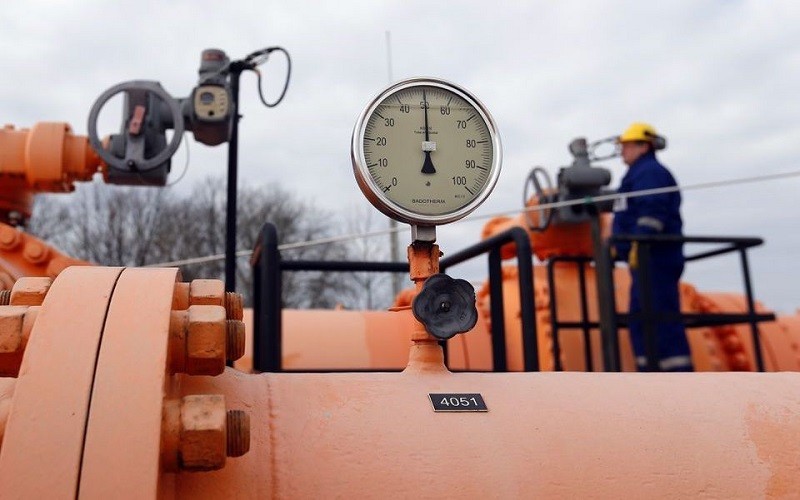 |
| The era of Russia's gas market share of more than 30% in Europe has ended. (Source: Reuters) |
EU "rejects" Russian gas
Russia, on its part, also has limited options to divert gas flows.
Russia's gas giant Gazprom is also looking to increase exports to China and plans to sign long-term supply agreements with its Central Asian neighbors Kyrgyzstan, Kazakhstan and Uzbekistan. But these supplies will not be able to make up for the lost cargoes in Europe.
In trade with Europe, about 80 million cubic meters a day currently flows into the region via pipelines. Half of this could be lost when the transit agreement between Russia and Ukraine expires at the end of 2024.
The EU-brokered contract for Moscow gas transit via Kiev was signed in 2019.
Accordingly, Gazprom Group will transport 65 billion cubic meters of gas through Ukraine in 2020 and transport 40 billion cubic meters of gas per year from 2021 to 2024.
The gas pipeline through Ukraine and the TurkStream pipeline are the two remaining routes that directly bring gas from Moscow to Central and Western Europe.
In January, Russian Deputy Prime Minister Alexander Novak said the country was ready to continue supplying gas to Europe via any available route, including via Ukraine.
However, "Moscow has not yet seen partners willing to negotiate on this issue, while Kiev has repeatedly ruled out engaging with Russia in transit talks," he informed.
In early February, Russian President Vladimir Putin announced that he was still ready to supply gas to Europe through the undamaged Nord Stream 2 pipeline.
However, European Energy Commissioner Kadri Simson stressed that the bloc has no intention of extending the current gas transit contract with Moscow via Kiev.
According to Reuters news agency, the EU plans to completely end imports of Russian energy by 2027.
Perhaps, having successfully "escaped" Russian gas, Europe does not want to see this commodity return to the market, in any way.
Source



![[Photo] Students of Binh Minh Primary School enjoy the full moon festival, receiving the joys of childhood](https://vphoto.vietnam.vn/thumb/1200x675/vietnam/resource/IMAGE/2025/10/3/8cf8abef22fe4471be400a818912cb85)


![[Photo] Prime Minister Pham Minh Chinh chairs meeting to deploy overcoming consequences of storm No. 10](https://vphoto.vietnam.vn/thumb/1200x675/vietnam/resource/IMAGE/2025/10/3/544f420dcc844463898fcbef46247d16)

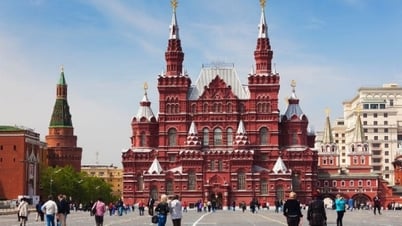
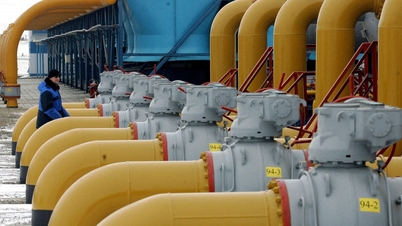

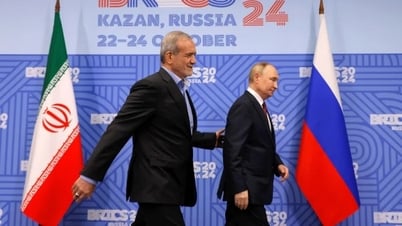

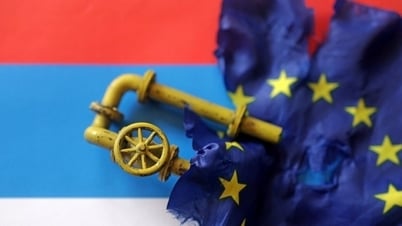

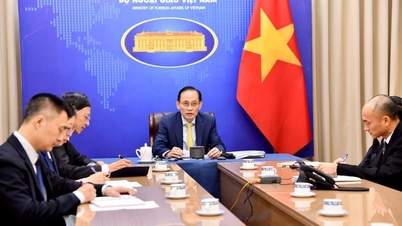

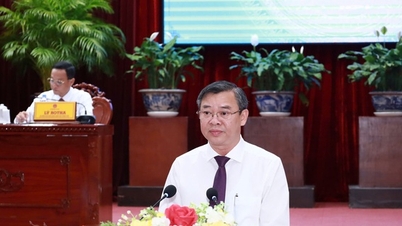
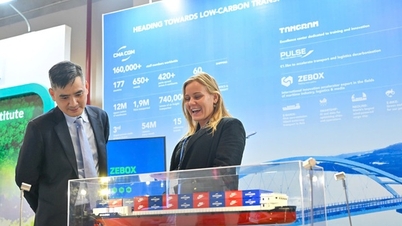

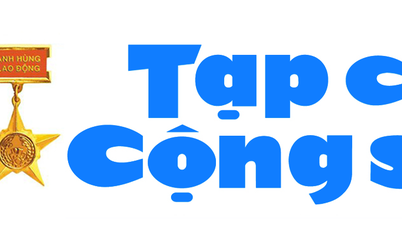

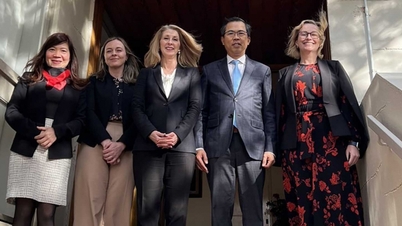




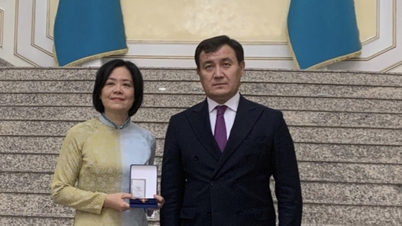
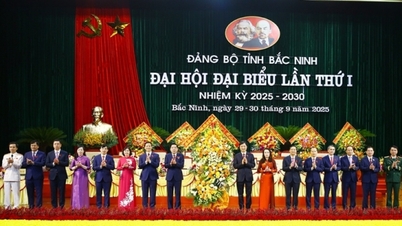
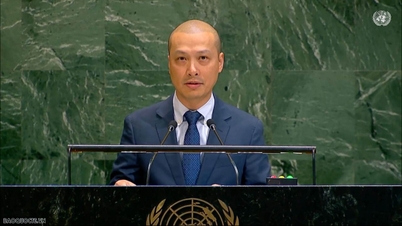

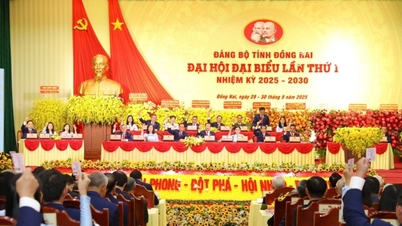
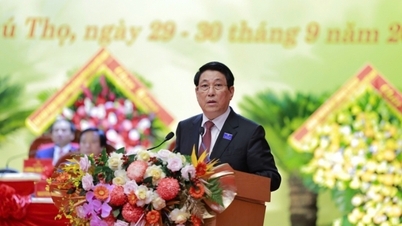






































































Comment (0)